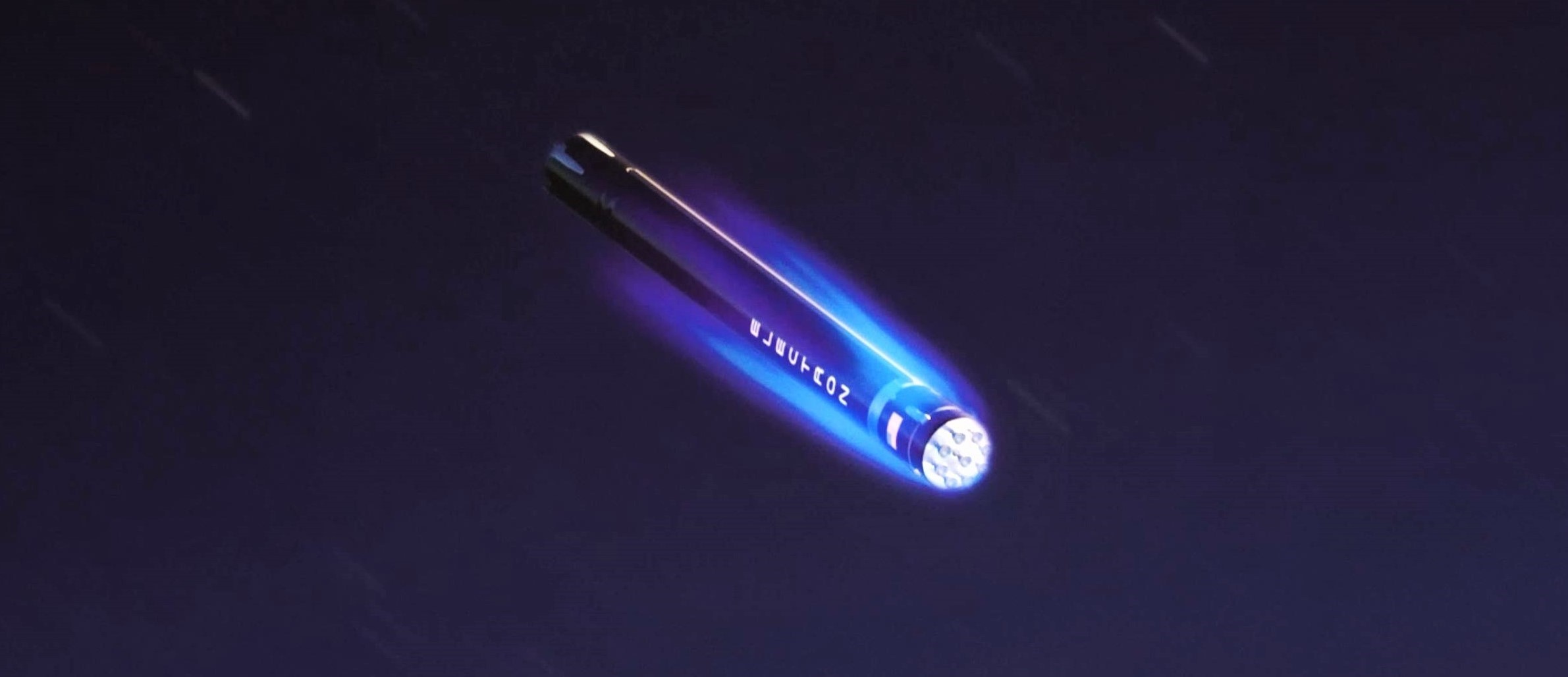Just over a year ago, Rocket Lab announced intentions to recover the first-stage of its small Electron launch vehicle, potentially making it the second private company on Earth – after SpaceX – to attempt to recover and reuse an orbital-class rocket.
In a media call earlier this week, Rocket Lab founder and CEO, Peter Beck, revealed that the first recovery attempt has been expedited to mid-November and will occur following the next flight of Rocket Lab’s Electron rocket.
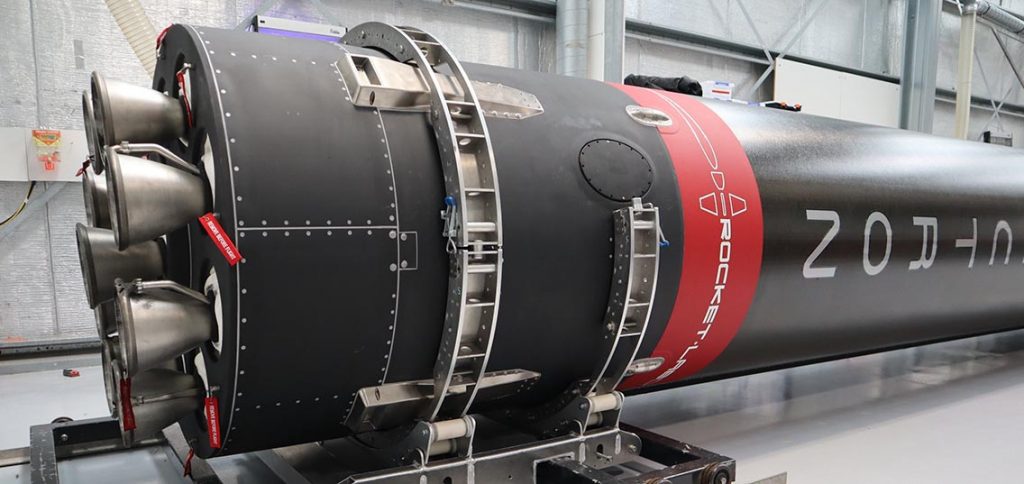
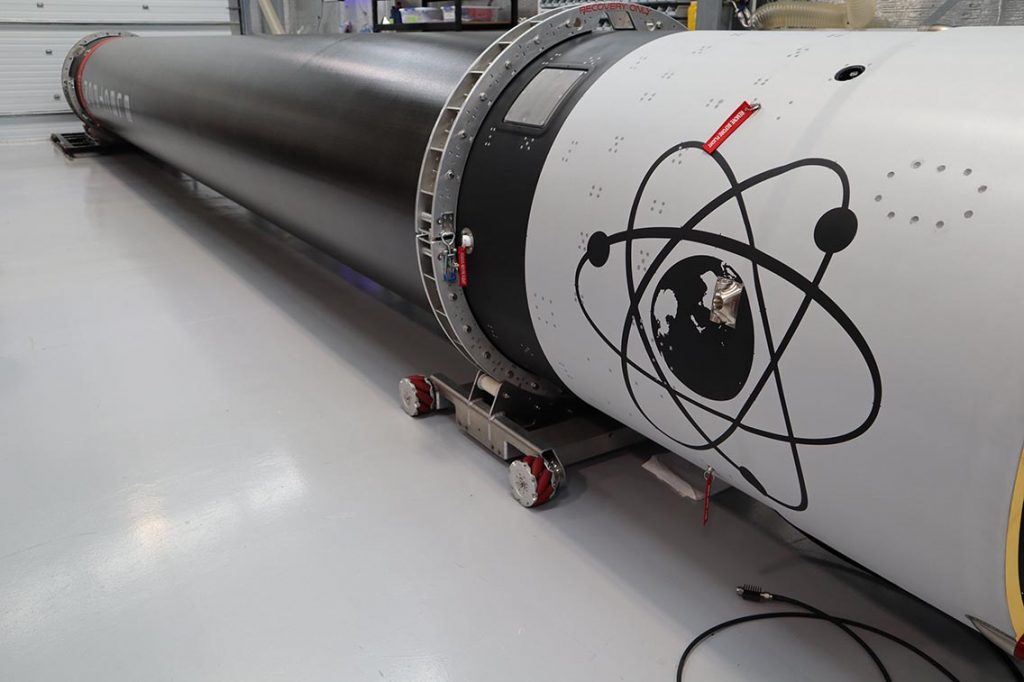
Like competitor SpaceX, Rocket Lab aims to recover its first stage Electron booster to decrease production time and increase launch cadence. Rocket Lab now has three launchpads to launch from and is licensed by the Federal Aviation Administration to carry out up to 130 launches per calendar year. In order to increase the launch cadence of the Electron, production times need to decrease. This can effectively be accomplished with the recovery, refurbishment, and reuse of the small, carbon composite rocket booster.
Recovery Doesn’t Happen Overnight
Initially, the first step of recovering an expended first stage – a guided and controlled soft water landing under a parachute and retrieval by sea-vessel – was intended for the seventeenth launch of the Electron prior to the end of this calendar year. However, Rocket Lab is now targeting the sixteenth launch for the first recovery attempt, a mission appropriately nicknamed “Return to Sender.” When asked what prompted the move to an earlier launch, Beck stated to reporters, “the guys got it done in time. With a new development like this, it’s always very dependent on how the program runs and the program ran very successfully.”
Rocket Lab has been working toward this recovery attempt for quite some time. In late 2018, Rocket Lab began collecting data during launches to inform future recovery efforts and determine whether or not it would even be feasible with a small-class rocket. The first major block upgrade of the Electron booster debuted on the tenth flight, “Running Out of Fingers,” in December 2019.
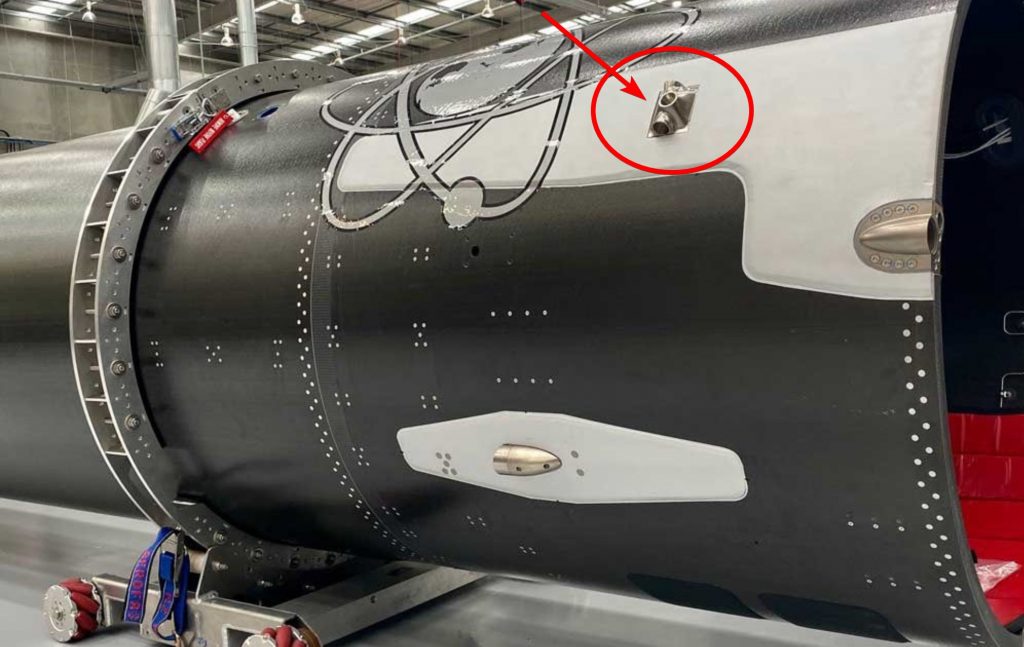
The first recovery milestone, a task Beck called getting through “the wall,” was achieved following the tenth flight. And again in January 2020 following a successful eleventh flight of Electron. The “wall” Beck refers to is the Earth’s atmosphere. Returning a booster through the atmosphere intact requires extreme precision in terms of re-entry orientation and how efficient the heat shield is.
Because the Electron is a small-class rocket, Rocket Lab was able to collect enough data from previous flights to determine that the carbon composite frame could withstand a fall through the atmosphere given a precise enough angle of attack to sufficiently distribute thermal loads. According to Beck, the process is referred to as an “aero thermal decelerator.”
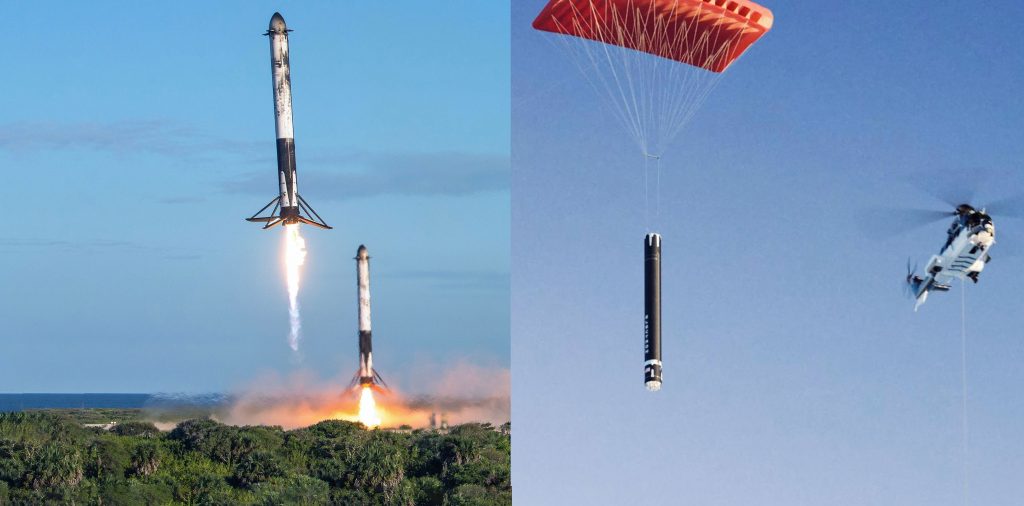
Small Rocket Following in Big Footsteps
SpaceX, Elon Musk’s space exploration company pioneered booster landing, recovery, and reuse efforts when the first Falcon 9 booster to successfully land returned to Landing Zone 1 at Cape Canaveral Air Force Station in Florida on December 21, 2015. SpaceX approaches the process of booster re-entry in a different way than what Rocket Lab has decided to attempt with Electron.
The Falcon 9 boosters perform a re-orientation flip and use the engines to perform what is known as a boost-back burn to set the rocket on the path to return to the Earth’s surface. The rocket then autonomously deploys titanium grid-fins that essentially steer, and slow the booster down as it falls through the atmosphere. Finally, the engines are re-ignited during a series of burns, and landing legs are deployed to propulsively land either at sea aboard an autonomous spaceport droneship or back on land at a landing zone.
The booster of Rocket Lab’s tenth mission in 2019 was outfitted with guidance and navigation hardware and cold gas attitude control thrusters used to flip and orient the booster to withstand the stresses of re-entry. Otherwise, no other hardware was incorporated to reduce the stresses of re-entry or slow the vehicle as it fell through the atmosphere. The booster made it through “the wall” intact and eventually slowed to a rate less than 900km per hour by the time it reached sea-level for an expected impact.
Eventually, Rocket Lab imagines its small Electron booster to be caught during a controlled descent under parachute canopy with a specially equipped helicopter and grappling hook. Beck and his team spent weeks outfitting a test article with prototype parachutes that were manufactured in-house.
A low-altitude drop test of a test article to simulate an Electron first stage was performed and a helicopter was able to snag the test article mid-air and deliver it one piece. Essentially, this proved that the concept was at least feasible and the small-class rocket could in fact be fully recovered to eventually be refurbished and reused. Since the completion of this drop test in April of 2020, the parachute design has been reevaluated and many more drop tests have been conducted. The final drop test with a more traditional system of a drogue parachute and an 18m ringsail type main parachute occurred in August of 2020 with a first stage simulator.
Next up, Rocket Lab plans to use the finalized design of the parachute system to bring Electron home safely for a soft landing in the Pacific Ocean. After which the booster will be collected by a recovery vessel, similar to the process that SpaceX uses to scoop its payload fairings from the water.
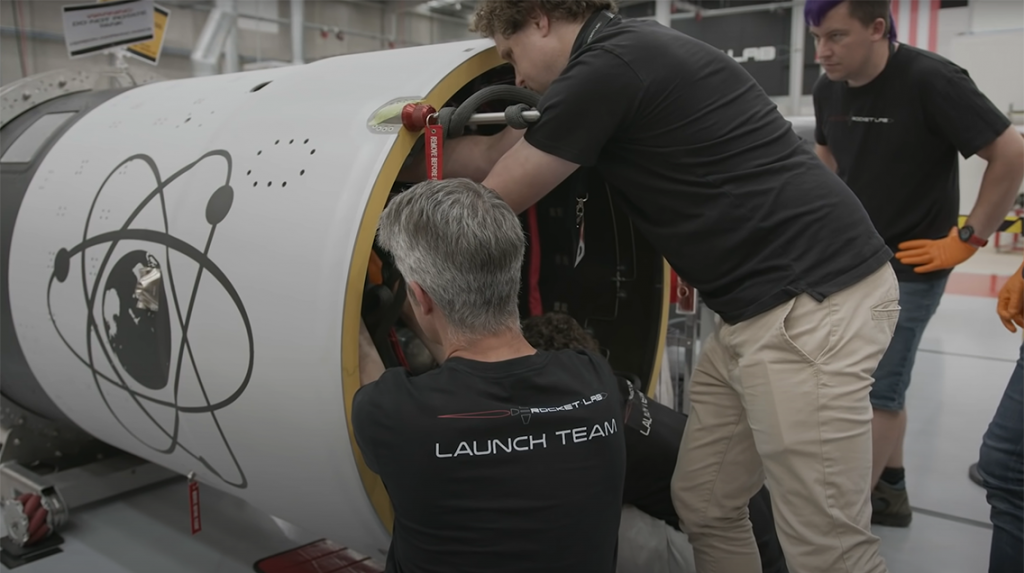
“Bringing a whole first stage back intact is the ultimate goal, but success for this mission is really about gaining more data, particularly on the drogue and parachute deployment system,” said Beck. With the parachute system verified the teams should be able to make any further iterations for a full capture and recovery effort on a future mission relatively quickly.
Rocket Lab will try to fully recover the “Return to Sender” expended first-stage booster once it separates approximately two and a half minutes after liftoff from Launch Complex 1 on the Mahia Penninsula of New Zealand. Electron will support a rideshare payload of thirty smallsats. The window to launch the sixteenth Electron mission opens on November 16 UTC (November 15 PT / ET). A hosted live webcast of the launch and recovery attempt will be provided on the company website approximately fifteen minutes prior to liftoff.

